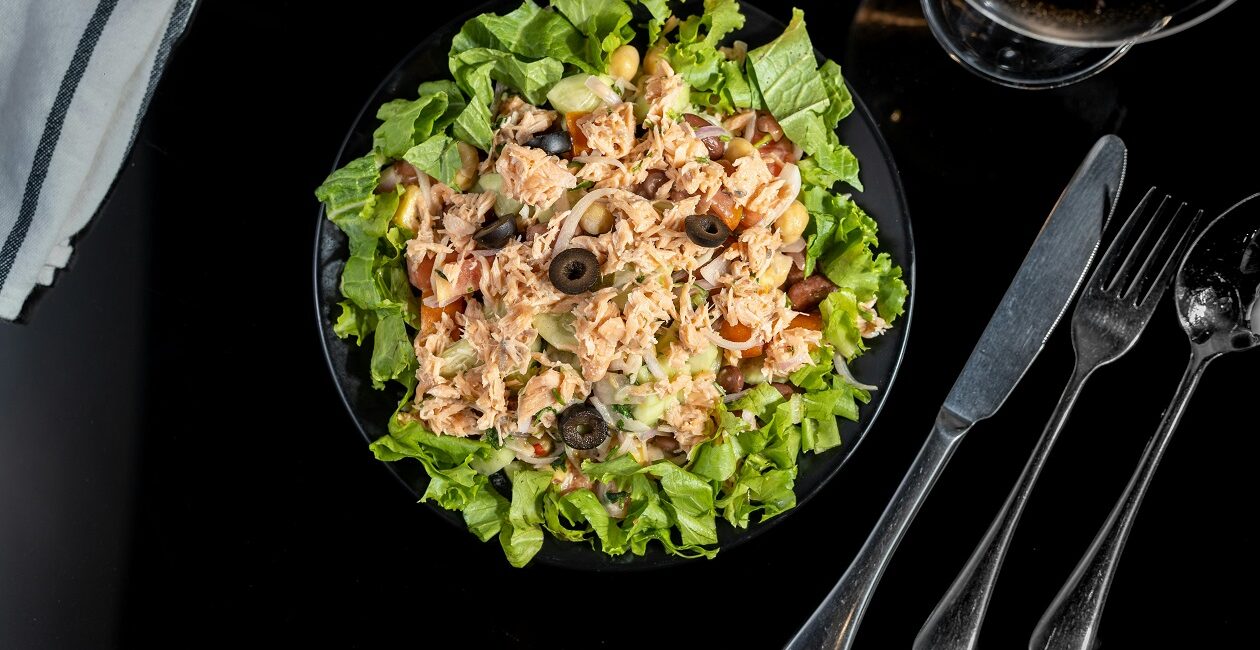If you have a restaurant, catering, food processing or any other food business, you know how important it is to keep fresh food. Customers want fresh and safe food more than anything. The cold holding temperature refers to a temperature range at which food remain fresh and safe for consumption. The highest cold-holding temperature for tuna salad is 41°F (5°C). Above this temperature, harmful bacteria begin to develop. Therefore, if tuna salad is preserved above 41°F (5°C), this might lead to food borne illnesses.
| Food Item | Tuna Salad |
| Highest Cold-Holding Temperature | 41°F (5°C) |
| Safe Zone | ≤ 41°F (5°C) |
| Danger Zone | 41°F–135°F (5°C–57°C) |
| Reason behind the Temperature Limit | To prevent growth of harmful bacteria |
| Best Practices | Store in refrigerated units and check temperatures regularly |
| Risks in above 5°C | Foodborne illness, bacterial contamination |
What Does the Highest Cold-holding Temperature Mean?
The highest temperature for cold holding can differ a little bit depending on the food item. Usually, the highest temperature to keep food safe is 5°C or 41°F as harmful bacteria begin to grow gradually above this temperature. The food safety regulation authorities advise food businesses to preserve food below this temperature to prevent growth of harmful bacteria.
The highest temperature allowed for cold-holding tuna salad (5°C or 41°F) refers to the maximum temperature at which tuna salad can remain safe for a longer period. Tuna salad preserved above 55°C or 41°F for prolonged periods might have the potential to cause serious food borne illness. Therefore, it is an essential food-safety task for any food business to uphold the cold-holding temperature to avoid unwanted food diseases caused by injurious bacteria.
The Importance of Maintaining Cold-Holding Temperature in Food Handling
While numerous restaurants are handling high-risk foods every day, identifying and maintaining the right cold-holding temperature is crucial to protect food’s quality. Here are some major advantages of maintaining appropriate cold-holding temperature-
- At cold hold temperatures, the production and growth of pathogens and bacteria slow down. As a result, food products remain fresh and safe for consumption.
- Low temperatures also protect the color, flavor, aroma, and texture of the food and prevent food from deteriorating or breaking down.
- Preserving foods in appropriate cold-holding temperature also helps to boost the self-life of food. Therefore, food business owners can prevent food waste and improve profit gains.
- By maintaining cold hold temperatures, food business owners can serve fresh and safe food and avoid risk of causing foodborne diseases.
- Food business owners can satisfy their customers with fresh food as well as abide by the food safety regulations. Therefore, this food-safety practice helps owners to avoid food safety concerns as well as legal issues.




